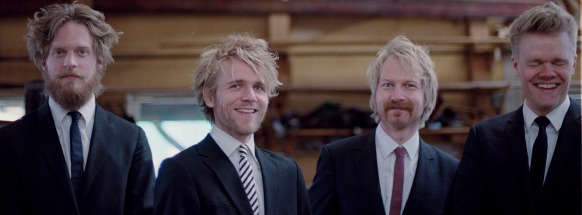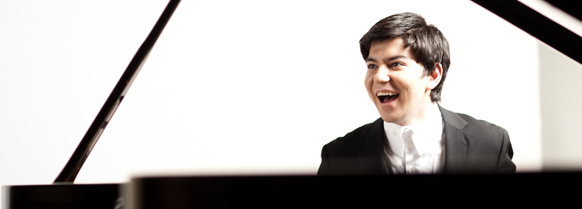Tag: Ludwig van Beethoven
-

PROGRAM NOTES: DANISH STRING QUARTET
The Art of Fugue Fugue is the Rubik’s cube of compositional genres. It’s the sort of thing that only the ‘brainiest’ of modern composers, one with a bent for antiquarian curiosities, would attempt. And yet in its golden age in the first half of the 18th century, fugue writing was commonplace, an expected skill for…
-

PROGRAM NOTES: BEHZOD ABDURAIMOV
Franz Schubert: Piano sonata in A major, D. 664 (Op. 120) Scholars lack definite evidence for the date and place of composition of Schubert’s early A major sonata, but most are willing to grant that most likely he wrote it during the summer of 1819 while vacationing in Steyr in Upper Austria. He wrote to…

